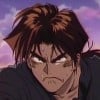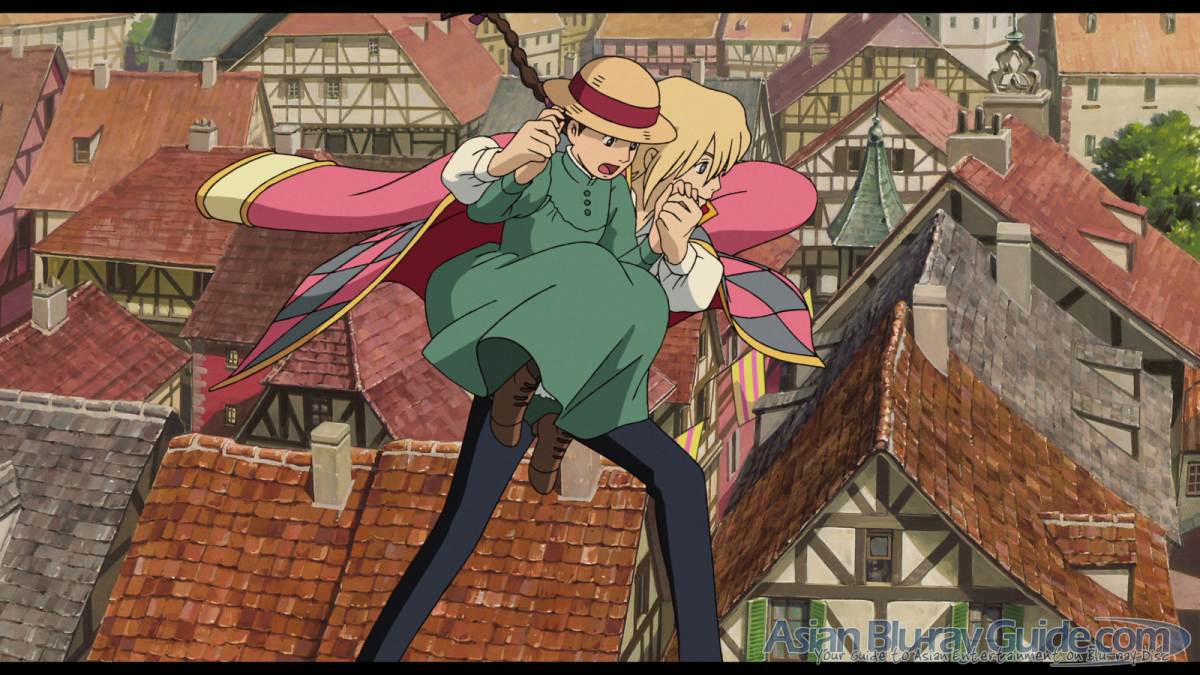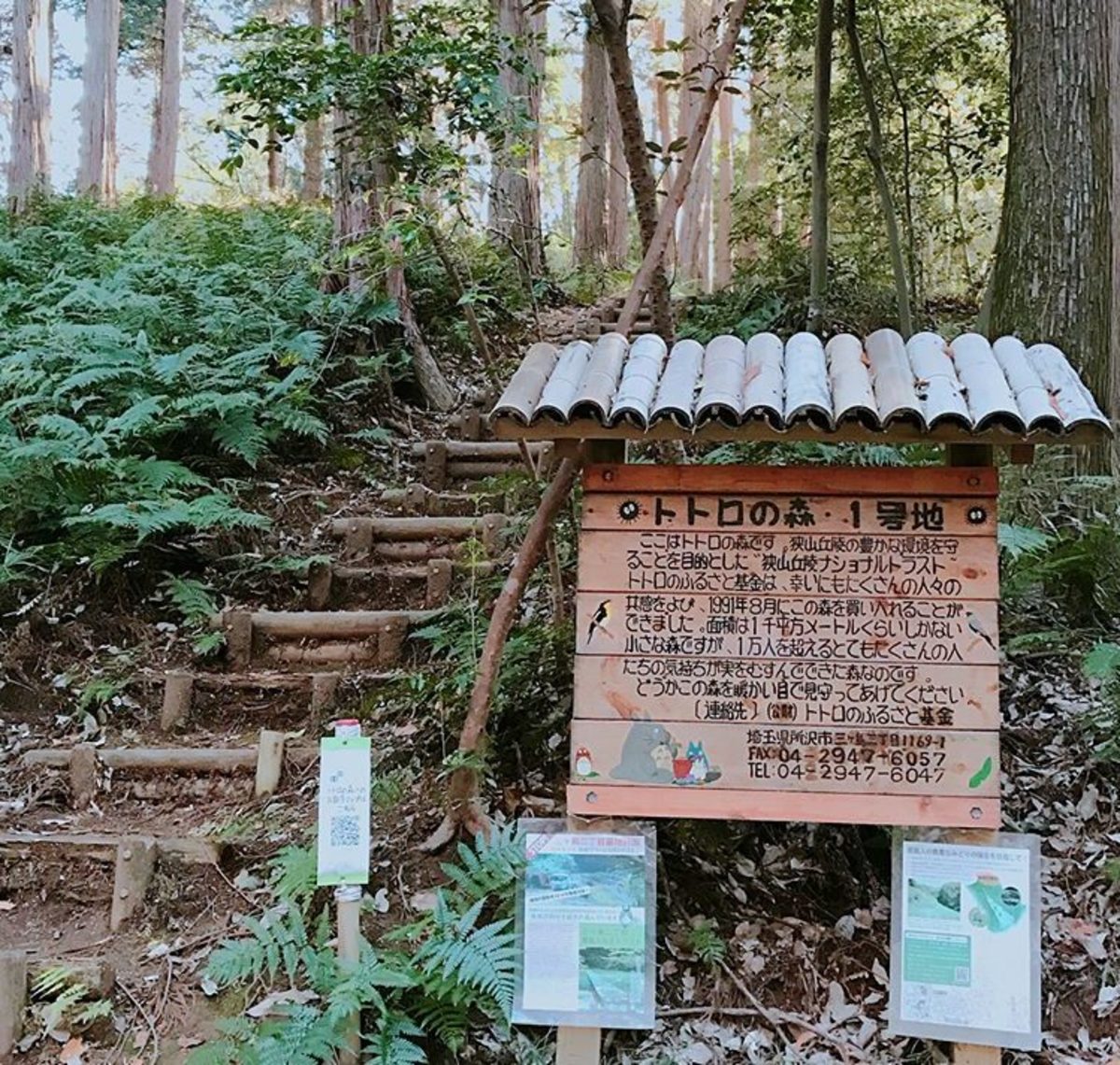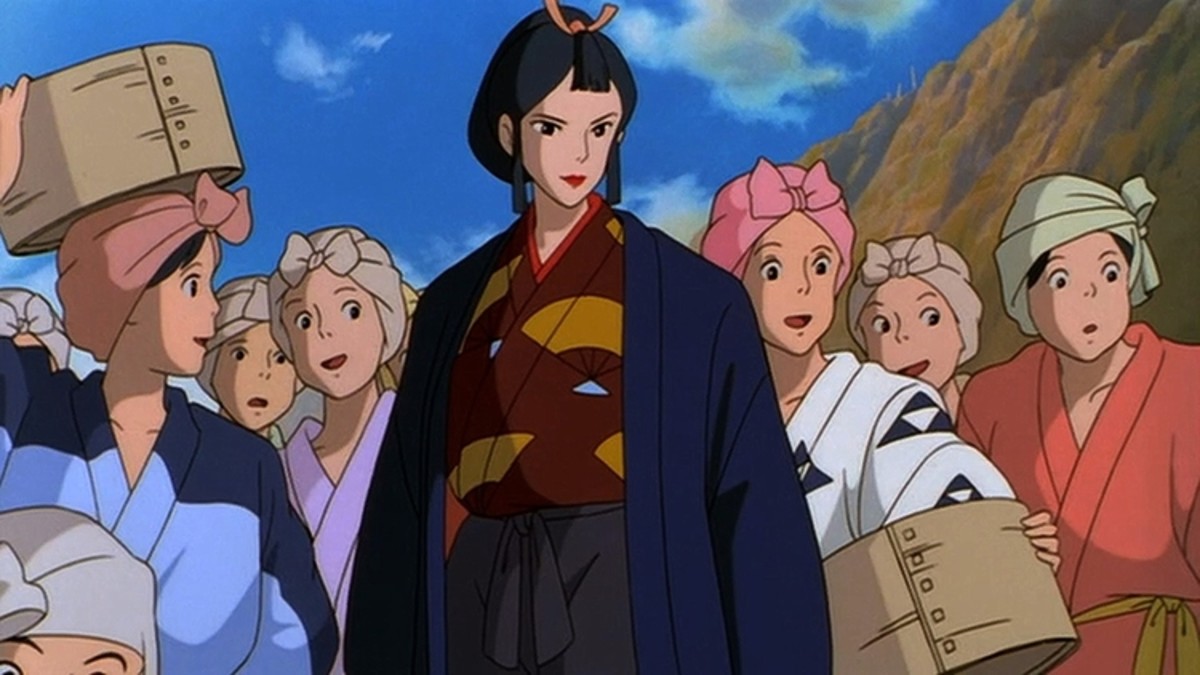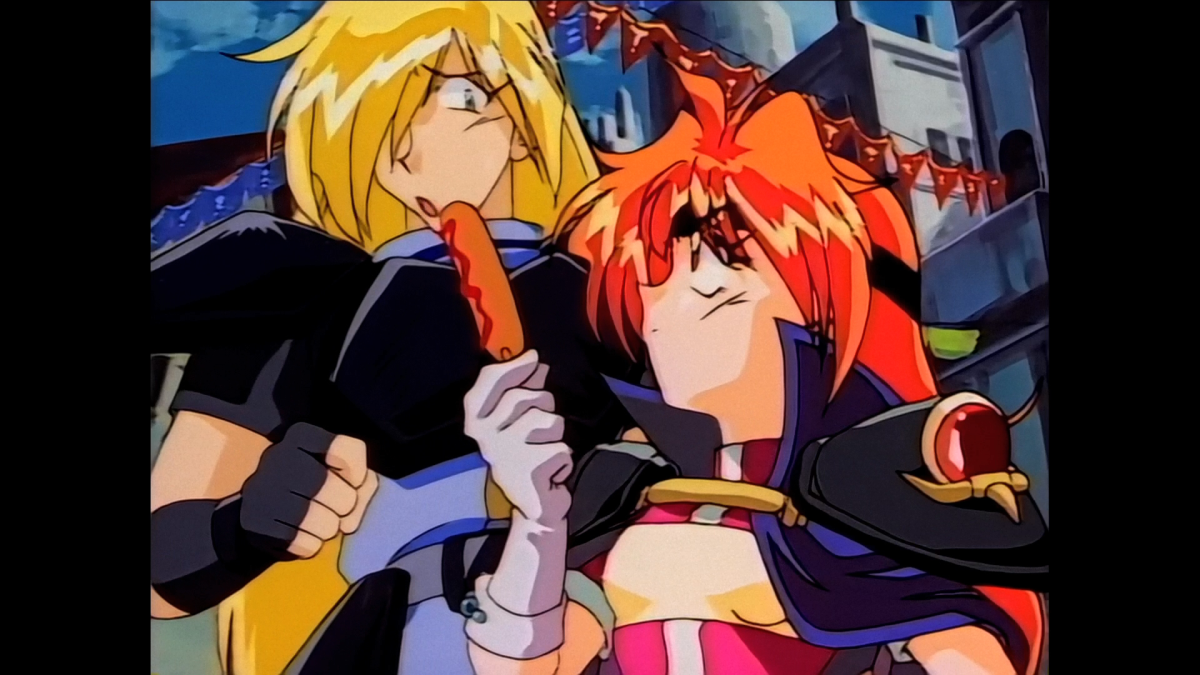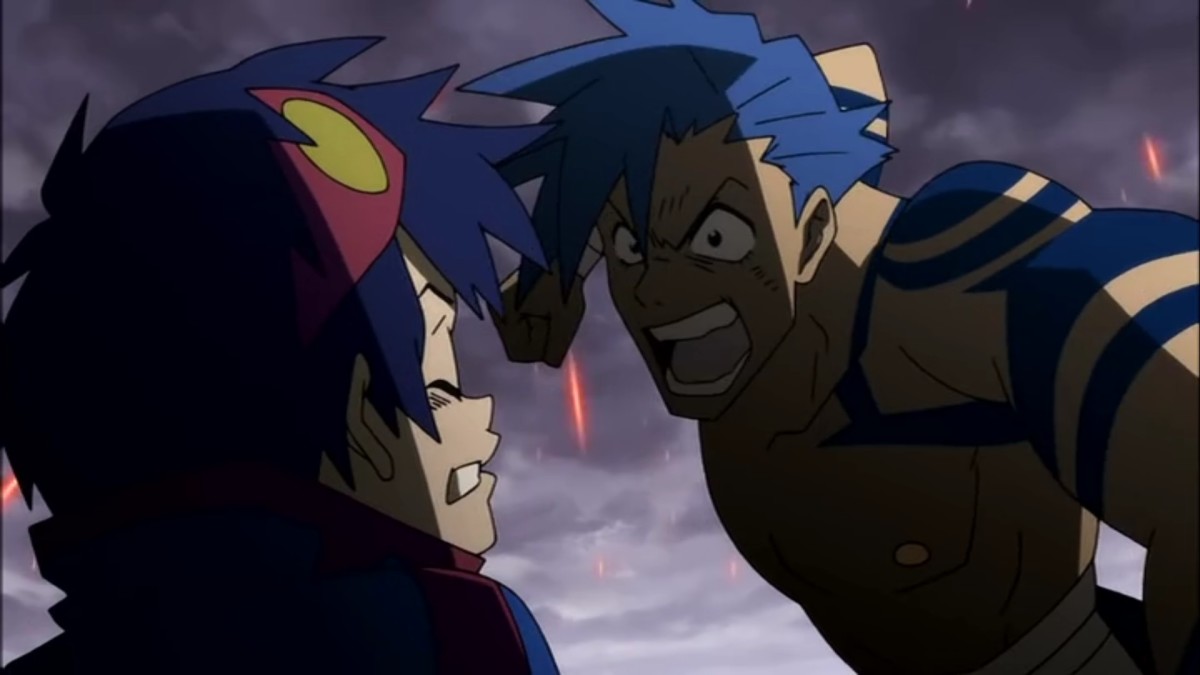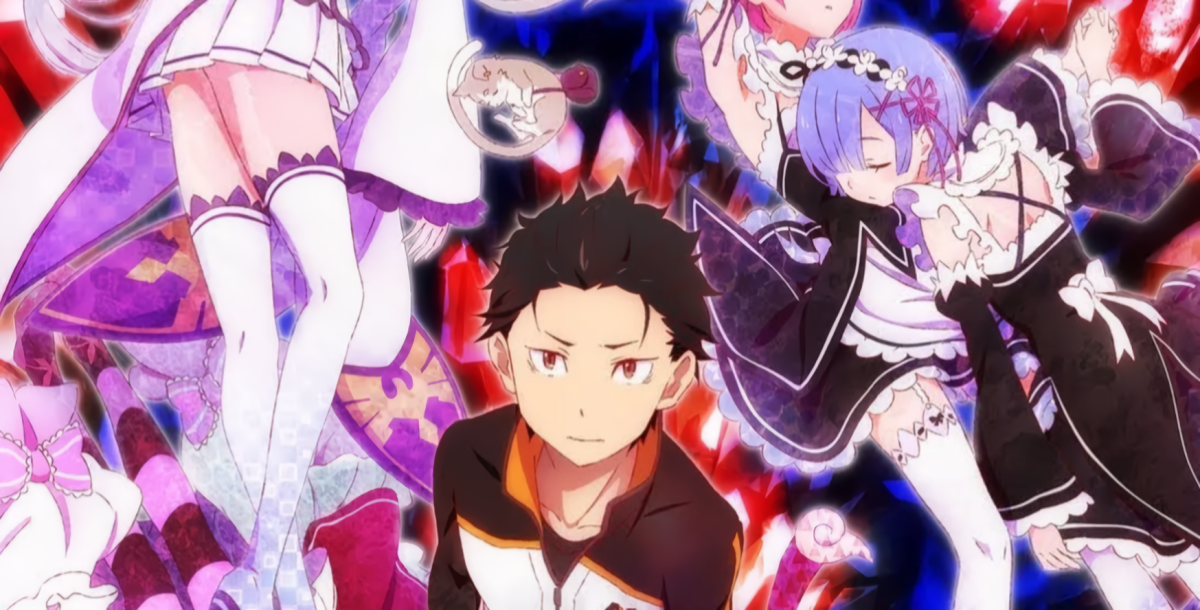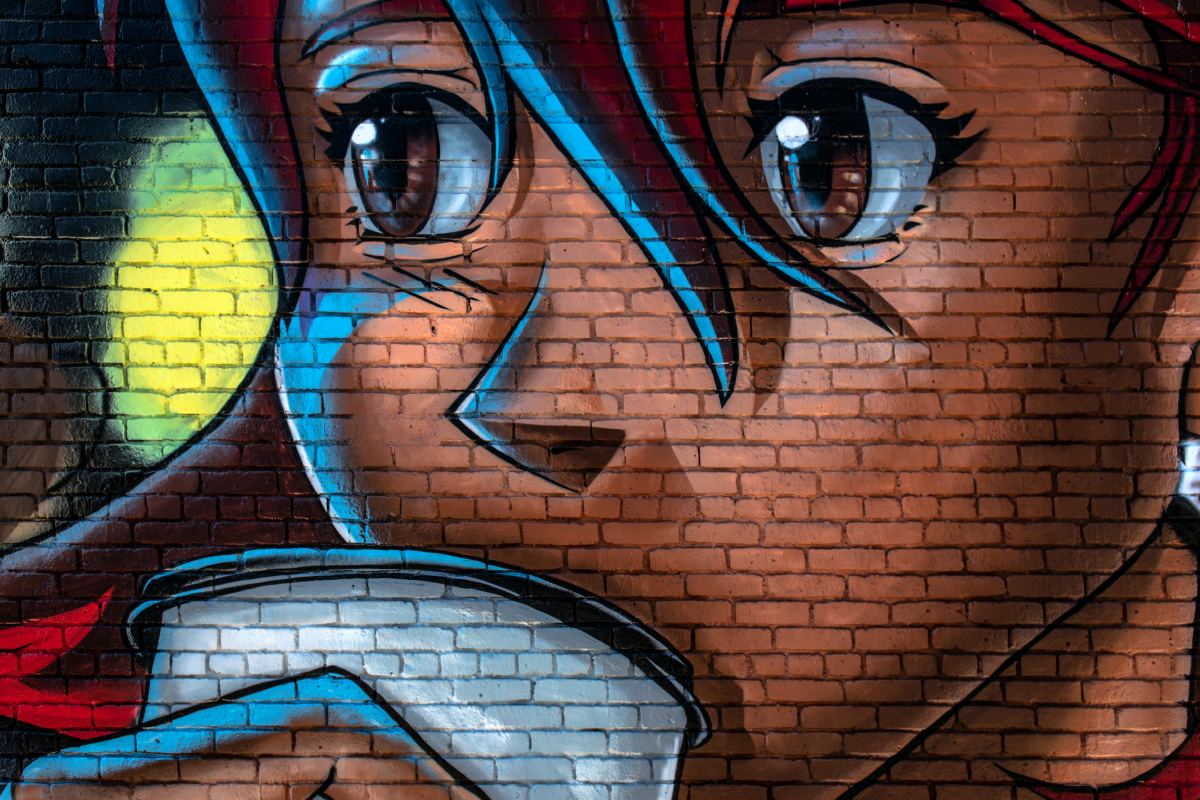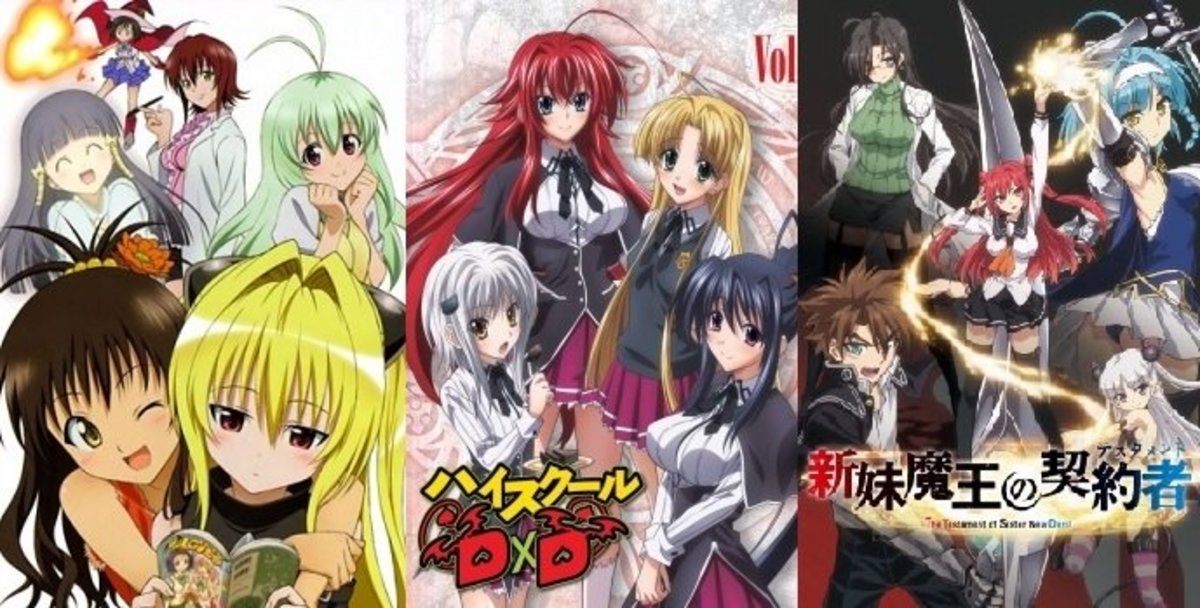Anime Reviews: Princess Mononoke
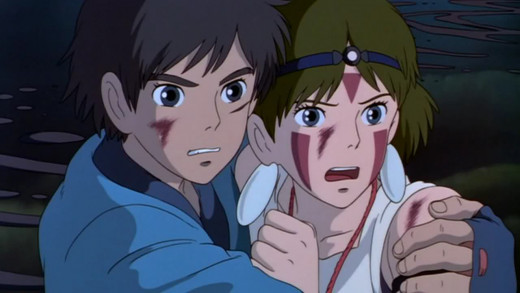
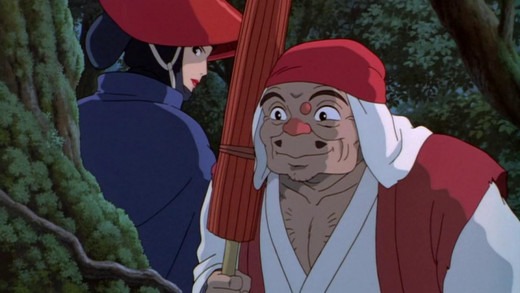
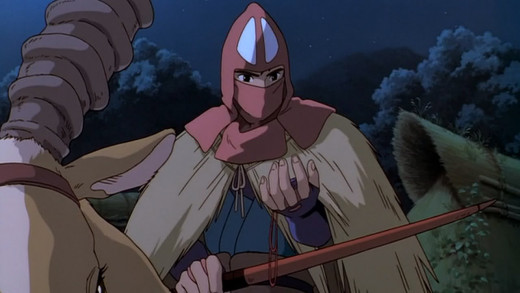
While far from my favorite Ghibli film, Princess Mononoke boasts flawless animation and presents an environmental message that isn't purely black-and-white.
Title: Princess Mononoke a.k.a. Mononoke Hime
Genre: Action/Drama
Production: Studio Ghibli
Film Length: 133 minutes
Air Dates: 7/12/1997
Age Rating: 13+ (strong violence, dark or disturbing thematic elements)
Summary: Ashitaka, the last prince of the reclusive Emishi tribe, sets out to defend his village from an unknown threat--a horrific monster, eyes glowing red, covered in writhing worms and howling with mindless rage. Although he is able to kill the demon before it reaches the village, several of the beast's worms find their way onto his arm, searing a deadly curse into the young prince's flesh; Ashitaka now has the strength of many men, but the corruption will spread and eventually take his life. The village's healer tells Ashitaka that the demon he killed was actually an enraged boar god named Nago, and that the beast's corruption originated with a steel ball lodged in his side. In order to find a cure for the corruption, Ashitaka must cut ties with the Emishi, leave his village behind, and head out on a journey to the west.
The Good: Tremendous visuals and score; memorable settings; intelligent story with complex morals and conflicts
The Bad: Main characters are a bit flat
The Ugly: There are some truly gruesome scenes in this movie
From what I can tell, this is far and away Studio Ghibli's most popular film, rubbing elbows with Spirited Away and Howl's Moving Castle. And for the most part, I can see why: Princess Mononoke has it all, from intense action to memorable creatures, and it's all carried once again by the masterful hands of Hayao Miyazaki. But, for how popular this film is, how does it hold up compared to not only the man's other works, but compared to film as a whole? Well, there's only two ways to find out, and one of them involves shutting me down and watching the movie yourself.
Firstly, do I even need to cover the visuals? It's Studio Ghibli, they're going to be fantastic, and in other news, water is wet. But yes, I do need to cover it, because in this particular case, the visuals are more than just great--they're unbelievable. This was all hand-drawn! With the exception of a handful of computer effects (the most noticeable used during Nago's death), Princess Mononoke was created solely by hand. And when the intense action scenes roll around, keep that thought in mind, that a veritable army of artists had to create that the old-fashioned way. And it is glorious.
You know what else is glorious? The soundtrack. Brought to us once again by the impeccable Jo Hisaishi, Princess Mononoke sports a tremendous and often epic score that complements the equally impressive animation. Tracks like "Tatari Gami" and "The Legend of Ashitaka" perfectly set the mood of the scenes in which they're used, and trust me, there's a lot more where that came from. Just as a bonus, I'll also show off the film's main theme, because I like ya. A lot. Long story short, Jo is a genius and he works his usual magic here.
Another facet of the film's window dressing that aims to impress is the film's setting, which largely takes place in the feudal Japan-era hamlet called Irontown (Tataraba in the Japanese) and the expansive forests all around it. While Irontown is a richly-detailed little town with plenty of imagination and ingenuity behind it, it's the forest areas that capture our imagination the most. Tremendous tree trunks, Edenic oases, and creatures both natural and spiritual abound, and there's always something new brought forth for us viewers to see. Whether it's the playful and precocious kodama, or the often legitimately-terrifying animal gods, you can tell that a lot of time and love went into the fleshing out of these forest settings. And like I said, Irontown is a great setting, too, but you'll find yourself enraptured by the forests far more.
But by far, the most interesting and praise-worthy aspect of this film is its story, and the conflicts it presents. This is an environmental film that is actually quite subtle in its delivery and realistic in its scope. In your typical environmentalist film, man is always evil and nature is always good, and the moral is always to throw away technology in order to return to the wilderness. But that's not the case with Princess Mononoke. Instead, we have a building conflict that shows the evils of both nature and technology, as well as the virtues of both. The humans aren't all evil--in fact, many of the inhabitants of Irontown are honest, hard-working people who use the forest's resources responsibly. Likewise, nature isn't always good, either; the animal gods are wary and superstitious of humans, and when a handful of humans cause strife, the entire forest launches into all-out war.
In the end, the movie doesn't condemn humanity for cutting down a few trees; rather, one of the many lessons we're meant to take away is that technology and nature were meant to complement one another, with nature providing the resources and technology safeguarding the resources. It's not a guilt-induced choice of one over the other, but a combination of both that helps us reach the greater good. And really, I could dive into this all day and pull out even more unorthodox lessons and conflicts present in the film, but I'll leave that up to you. You get the idea.
To contrast the brilliantly complex story, both of the main characters, Ashitaka and San, are woefully underdeveloped and bland. Ashitaka, in particular, has only one note and that is being a paragon of absolute good. There is no ambiguity to him, no real internal conflict--in fact, his only conflicts are exterior, what with him leaving the Emishi tribe (which he never really seems to be affected by) and having to stave off a deadly curse. He doesn't change and he has no arc. San, at least, has something resembling a character arc with her becoming more accepting of humans and understanding the duality of nature and humanity. And then she has a last-minute forced romance with Ashitaka for...some reason. Come on, Miyazaki. Every other character in the film is complex and/or interesting and/or ambiguous--in fact, so is just about every other character you've ever written ever--so why can't these leads be, too? Oh, well.
Bland leads aside, Princess Mononoke is a wonder to behold and many of its images and songs will stick with you until your dying day. In just about every facet, the folks at Studio Ghibli were clearly going all-out, and it shows. As I've mentioned earlier, this seems to be one of the more popular Studio Ghibli titles, so it clearly resonates with others more strongly than it does with me, but despite it not being in my Top 5 of Ghibli films, it's hard to deny the sheer wonder and complexity present in this tale of humanity and nature coming to grips with each other.
Final Score: 9 out of 10. Though its main characters are flat in comparison to their peers, Princess Mononoke's excellence in visual arts and nuanced storytelling makes it impossible to dismiss as anything but great.
